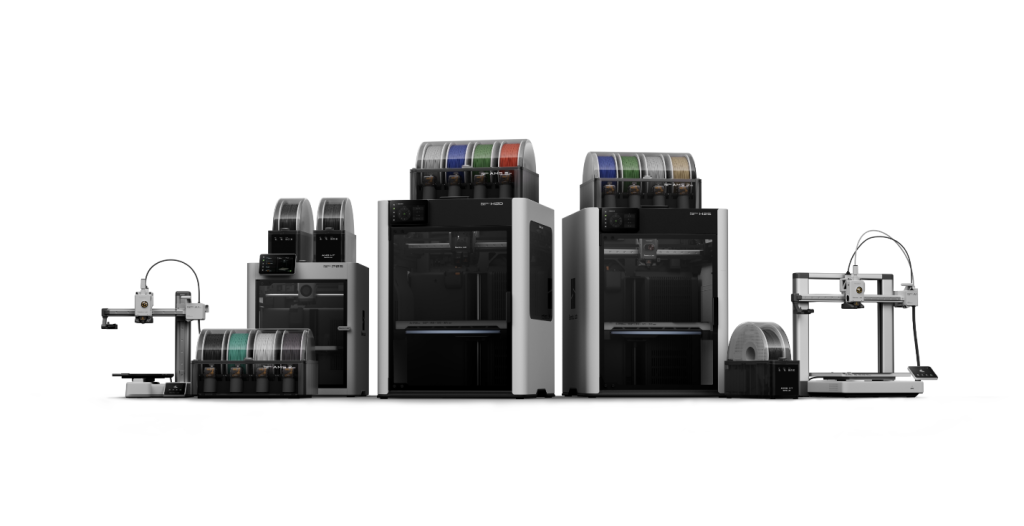In today’s digital world, software stability and speed play a key role in user experience and business success. Different types of testing are used to evaluate these parameters, among which performance testing and load testing occupy a special place. Despite their similarities, these approaches solve different problems. Understanding the differences between them is especially important when choosing the right company that specializes in a performance testing service. In this article, we will consider the difference between performance testing and load testing and in what cases each of them should be used.
What Is Software Testing, and What Does It Provide?
Software testing is an important stage in the development process, aimed at ensuring quality, reliability, and its performance. Testers check the solution for errors, defects, compliance with user expectations, and business requirements. A well-structured testing process allows companies to:
- Improve the reliability and quality of the product. Bugs and defects in the software that can negatively affect its performance and user experience are identified and eliminated. This is especially important for companies working with clients, since a low-quality product can lead to negative reviews and loss of user loyalty.
- Check functionality under different loads. Testing will allow you to simulate various scenarios and optimize the code, which reduces the likelihood of failures and increases the speed of the product.
- Find critical errors and determine their patterns. A competent testing process includes not only identifying existing errors, but also actively preventing the possible appearance of new bugs, which is a key aspect of creating a successful IT product. Analyzing the causes of defects allows you to plan tests more carefully, taking into account various usage scenarios, as well as the specifics of the functionality.
- Accelerate time-to-market for new functionality. Effective testing reduces product development time and allows you to bring it to market faster. This gives the company a competitive advantage and the ability to quickly respond to changes in customer needs and market conditions.
- Improve product feedback. During alpha and beta testing, the business receives feedback from users, which allows them to understand which functions and capabilities are most in demand and which require improvement. This helps create a product that will accurately meet user expectations.
- Ensure the required level of data security. Today, many companies use IT solutions to store and process confidential information, such as personal customer data. Security testing ensures that this information is protected from unauthorized access, theft, loss, and other threats.
- Reduce product maintenance costs. If companies do not test a product during the development stage, they will have to bear significant costs for technical support and bug fixing once the product is released to the market.
What Are the Stages and Types of Testing?

There are several types of testing, each of which has its own methods, tools, and approaches for solving various problems of ensuring software quality:
1. Functional testing is software testing aimed at checking the behavior of a component or system for compliance with specified functional requirements. Functional testing includes:
- Unit testing;
- Integration testing (gray box);
- System testing (end-to-end, black box, sanitary, smoke);
- Regression testing;
- Acceptance testing.
2. Non-functional testing is software testing that evaluates a number of critical aspects of the system that contribute to the overall impression of users and the stability of the system. These include:
- Performance testing (load, stress, volume);
- Usability testing (usability, cross-browser, accessibility);
- Security testing (pentest);
- Compatibility testing;
- Failure and recovery testing;
- Configuration testing.
3. Manual testing (QA manual) is the process of testing software by people who interact with the application and evaluate its behavior without the support of automated test scenarios or tools. Manual testing includes:
- Preparing test documentation (test analysis, choosing a testing strategy, test design, exploratory testing);
- Functional testing;
- Usability testing;
- Cross-browser and cross-platform testing;
- Bug fix tracking;
- Regression testing;
- Acceptance testing.
4. Automated testing (QA automation) is the process of performing tests using test scenarios, tools, and frameworks. Automated testing includes:
- Designing the architecture of the autotest framework, taking into account the specifics of the object being tested;
- Creating prototypes and implementing unit tests;
- Implementation of regression tests;
- Implementation of scenarios from the end-to-end testing group;
- Configuration of infrastructure for running automated tests;
- Configuration of reporting and information on test run results;
- Implementation of automated tests into the continuous integration system.
Performance Testing vs. Load Testing: The Difference

Software performance is an important aspect that should be paid attention to when developing and testing software. It helps determine the performance of the system under normal load. During performance testing, aspects such as stability, speed, scalability, and reliability are checked.
Another very important test of system software is load testing. It differs from performance testing in one or more ways. Firstly, load testing is used to determine the performance of a system or the performance of a software application or product when real-life load conditions are applied. Unlike performance testing, load testing applies peak load. You can find out more about performance and load testing on the PFLB website.
The main differences between performance testing and load testing are:
- Performance testing tools are not very expensive, while the tools required for load testing are quite expensive.
- Performance testing is performed to check the reliability, sensitivity, and stability of the system, while load testing is performed to check the robustness of the system.
- Performance testing verifies that the system is working properly. Meanwhile, load testing can determine the health of the system.
- The load applied in performance testing is the normal load, while the load applied in load testing is the extreme load.
- The load limit is above and below the performance test threshold during the break-in, while the break-out threshold is the load limit during the load testing.
Conclusion
Although performance testing and load testing are both aimed at assessing the performance of a system, they focus on different aspects of its operation. Performance testing covers the general behavior of an application under various conditions, while load testing focuses on checking the system under expected or peak load. The difference between these approaches allows for more accurate identification of weak points and increased reliability of the product. Turning to a reliable company that provides performance and load testing services like PFLB can help ensure that your application operates stably and provides a high-quality user experience even under intensive use.











